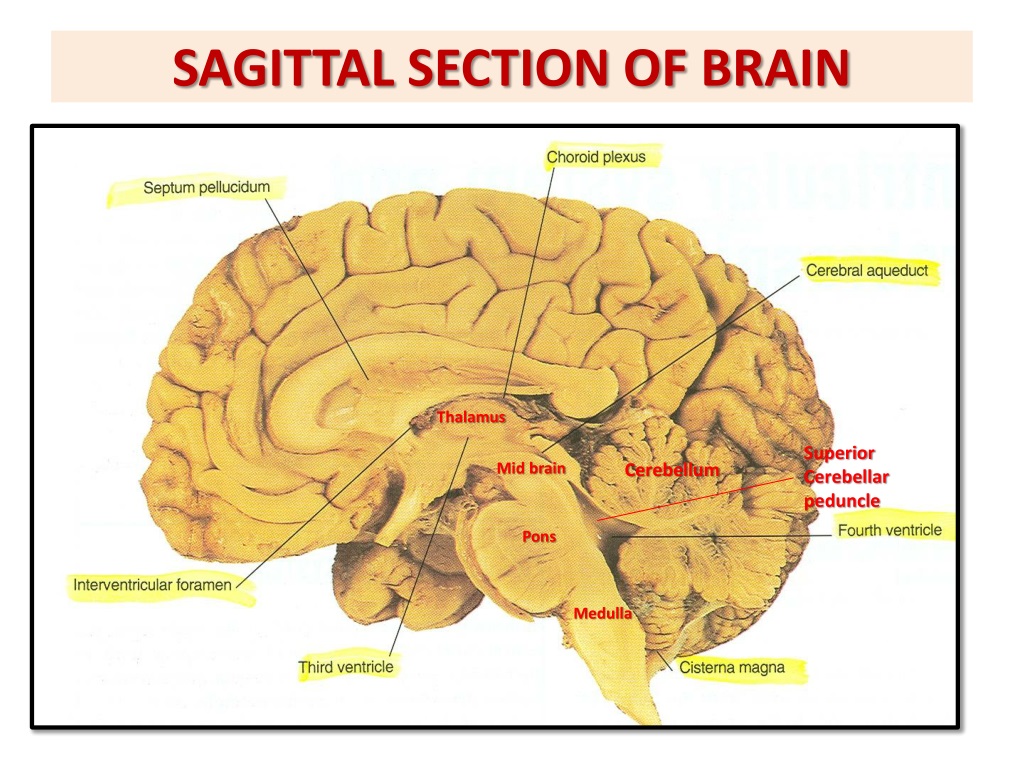
Interprets vision (color, light, movement).Interprets signals from vision, hearing, motor, sensory and memory.Sense of touch, pain, temperature (sensory strip).Intelligence, concentration, self awareness.Speech: speaking and writing (Broca’s area).The cerebrum is divided into four lobes: frontal, parietal, occipital and temporal. There are very complex relationships between the lobes of the brain and between the right and left hemispheres.įigure 3. It’s important to understand that each lobe of the brain does not function alone. Each lobe may be divided, once again, into areas that serve very specific functions. Each hemisphere has 4 lobes: frontal, temporal, parietal, and occipital (Fig. The cerebral hemispheres have distinct fissures, which divide the brain into lobes. The two sides are connected by the nerve fibers corpus callosum. The cerebrum is divided into left and right hemispheres. The left hemisphere is dominant in hand use and language in about 92% of people.įigure 2. The right hemisphere controls creativity, spatial ability, artistic, and musical skills. In general, the left hemisphere controls speech, comprehension, arithmetic, and writing. Not all functions of the hemispheres are shared.

If a stroke occurs on the right side of the brain, your left arm or leg may be weak or paralyzed. Each hemisphere controls the opposite side of the body. 2) They are joined by a bundle of fibers called the corpus callosum that transmits messages from one side to the other. The cerebrum is divided into two halves: the right and left hemispheres (Fig. It performs many automatic functions such as breathing, heart rate, body temperature, wake and sleep cycles, digestion, sneezing, coughing, vomiting, and swallowing. Its function is to coordinate muscle movements, maintain posture, and balance.īrainstem: acts as a relay center connecting the cerebrum and cerebellum to the spinal cord. It performs higher functions like interpreting touch, vision and hearing, as well as speech, reasoning, emotions, learning, and fine control of movement.Ĭerebellum: is located under the cerebrum. The brain has three main parts: the cerebrum, cerebellum and brainstem.Ĭerebrum: is the largest part of the brain and is composed of right and left hemispheres. The brain is composed of the cerebrum, cerebellum, and brainstem (Fig.

The peripheral nervous system (PNS) is composed of spinal nerves that branch from the spinal cord and cranial nerves that branch from the brain. The central nervous system (CNS) is composed of the brain and spinal cord.

The brain controls our thoughts, memory and speech, movement of the arms and legs, and the function of many organs within our body. It assembles the messages in a way that has meaning for us, and can store that information in our memory. The brain receives information through our five senses: sight, smell, touch, taste, and hearing - often many at one time. Protected within the skull, the brain is composed of the cerebrum, cerebellum, and brainstem. Intelligence, creativity, emotion, and memory are a few of the many things governed by the brain.
#BRAIN STEM HOW TO#
Explore more on Brain Stem Herniation below!įor more information on how to use Laverne, please read the How to Guide.The brain is an amazing three-pound organ that controls all functions of the body, interprets information from the outside world, and embodies the essence of the mind and soul. Laverne is a handy bioinformatics tool to help facilitate scientific exploration of related genes, diseases and pathways based on co-citations. Treatment to remove swelling is critical when a patient is diagnosed with a brain stem herniation, but brain damage is almost always a side effect and the risk of death is very high.īrain Stem Herniation Bioinformatics Tool The increased pressure in the brain can be from a number of disorders, including brain tumors, hemorrhages, and strokes. Other symptoms of a brain stem herniation are a loss or brain stem reflexes including blinking, gagging and occasionally a loss of consciousness. Increased pressure on the brain stem can lead to blood pressure and breathing problems and two symptoms of a brain stem herniation is cardiac and respiratory arrest. Brain Stem Herniation: Disease Bioinformatics Brain stem herniation is a very serious disorder in which an excess of intracranial pressure causes part of the brain to be squeezed through the foramen magnum at the base of the skull.


 0 kommentar(er)
0 kommentar(er)
